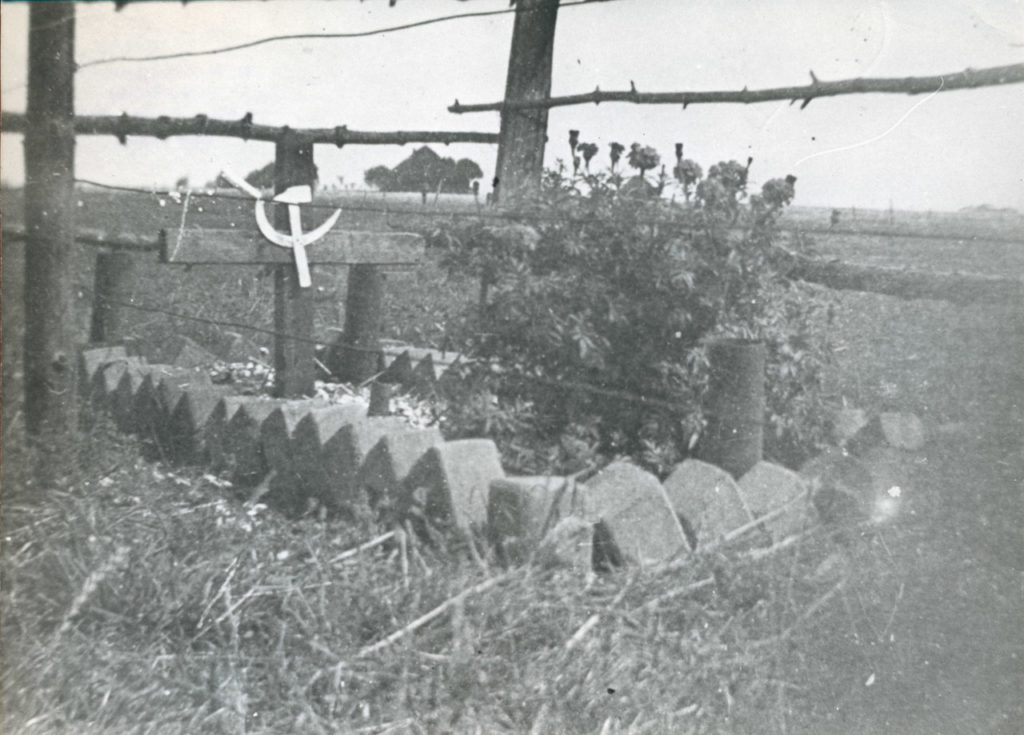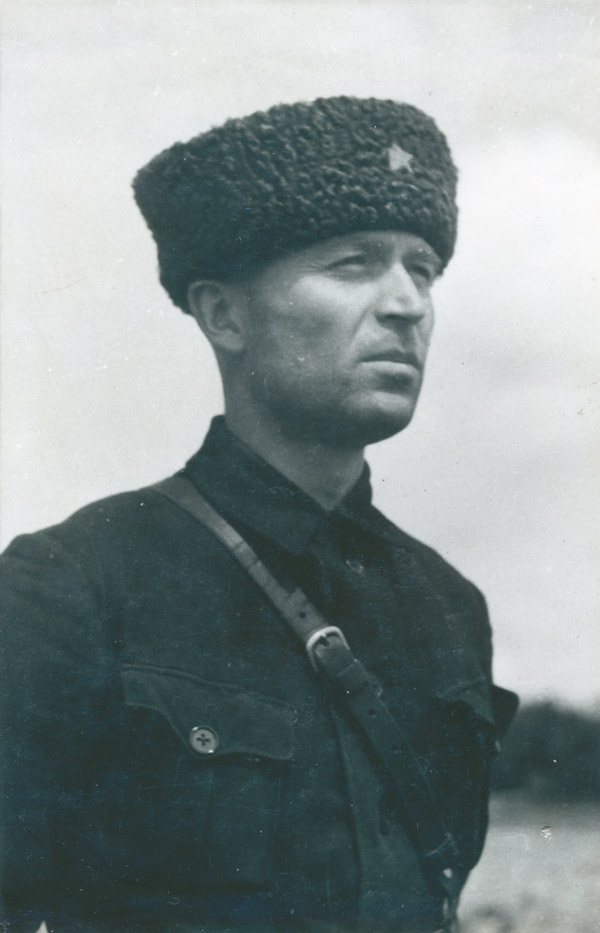- Postweg 120, De Cocksdorp, The Netherlands
The Second World War drew to an end in April 1945. The German troops surrendered in only a matter of days. Nevertheless, the last battle on Dutch soil was yet to come. Texel became the battleground of the Georgian Uprising. There was a lot of fighting at and around Vlijt airport. The Bakker family lived a stone’s throw away and suffered the consequences.
The Fliegerhorst Gefechtsstand Bunker Texel (St.P.IXb L.), located on the Postweg was part of a complex of bunkers, built for the German troops who were engaged in the construction and surveillance of the airfield. A runway was constructed, new industrial buildings were erected, and hangars were built. The Fliegerhorst Gefechtsstand bunker was camouflaged as if it were a farm. Three windows were painted on the north-eastern façade (entrance). It had a roof, an extra outside wall and there was a wooden horse on the south side. Halfway through the war, the Germans decided, as a precaution, to close down the airports along the coast to prevent Allied airborne landings.
On 26 May 1944, the staff of the 803. Nordkaucasian Infanterie Batillon took up residence here—78 soldiers, 18 non-commissioned officers and five officers. To defend the complex, they had a heavy Russian machine gun and a smaller machine gun at their disposal. The De Halm, Kema, Korenschoof, Ruimzicht, Maurik, Vruchtbaar Oord, Gizela, Padang, Vooruitgang, Gend, Oud Breda en Zevenbergen farms were located around the airport. A little further north along the Postweg was the Bland and Berg farm. The family Bakker lived on the Nieuw Breda farm, right next to the airport. Abraham Bakker, Trijntje List, daughter Jetty (1927-2019) and son Albert (1930-2012). They worked for the resistance.
On 6 February 1945, the 822nd Georgian battalion was stationed on Texel, consisting of approximately 800 volunteer Georgians and 400 German soldiers. On 6 April 1945, the Georgians revolted against the Germans. Initially, the uprising went smoothly, but attempts by the Georgians to conquer the two German batteries in the south failed. The uprising of the Georgians cost the lives of 120 men from Texel, at least 565 Georgians, and approximately 800 Germans. The number of Germans injured and killed is unclear. Estimates range from 420 to 2347. The material damage was also considerable, with dozens of farms on texel going up in flames, particularly in the Eierlandse polder.


